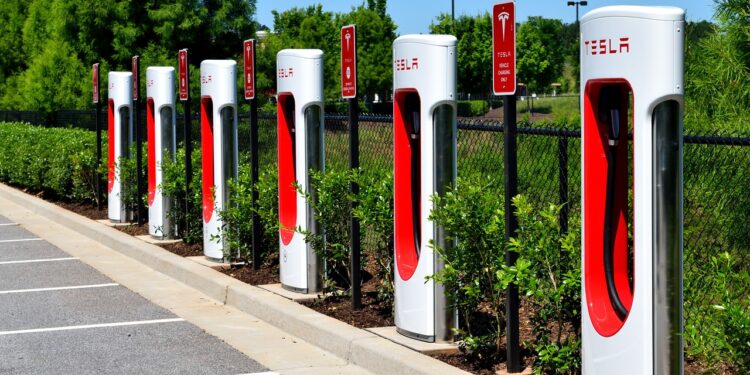As fleet managers across the globe navigate the transition to electric vehicles (EVs), insights from seasoned professionals become invaluable. Bernard Clarckson, a public works fleet division manager for the city of Fairfield and a consultant with over 25 years of experience, has been a pioneer in the adoption of electric fleet vehicles. Here, he shares the hard-earned lessons and strategies that have shaped his approach to fleet electrification.
Key areas of focus
Clarckson breaks down the process into three essential areas: selecting the right vehicles, determining power needs, and managing EV charging. His practical advice is grounded in real-world experience and meticulous planning.
Selecting the right vehicles
Before even engaging with local utilities about power needs, Clarckson emphasizes the importance of gathering comprehensive data. Utilities will ask for precise power requirements, which means fleet managers must first understand their fleet’s energy consumption in kilowatt-hours, keep a track of vehicle in a real time, and know where the nearest charging station is.
Questions to consider:
- What EV can perform the same tasks as the current internal combustion engine (ICE) vehicle?
- What are the battery capacities and efficiencies of these EV models?
- How do they charge on Level 2 versus Level 3 chargers?
- Where will the EVs be parked overnight, and what is the available dwell time?
- How much energy will be required daily, and what type of charger is necessary?
Determining power requirements
Scheduling is crucial for efficient EV fleet management. Clarckson advises that an electric fleet should include standby vehicles with fully charged batteries ready for use during power outages. He stresses the need for accurate scheduling to decide which vehicles need to charge to full capacity and which can operate with partial charges based on their usage patterns and average range.
Telematics can provide critical data to optimize these decisions, helping fleet managers determine the right mix of dedicated and shared chargers. This balance is essential to manage power loads within budget constraints.
Managing EV charging
Strategically placing chargers is another critical consideration for medium and heavy-duty fleet vehicles. Clarckson suggests evaluating several factors:
- Can the vehicle turn safely in the charging area?
- Is the charger accessible in a parking garage?
- How large is the parking lot or yard?
- Are the parking spaces long and wide enough?
- What is the dwell time for various vehicles based on their duty cycles?
- Should you buy or lease the property for parking and charging?
- Will the landlord permit upgrades to the power infrastructure if leasing?
Adapting existing facilities or acquiring new property may be necessary to accommodate the larger space requirements for EVs compared to ICE vehicles. Clarckson also highlights potential issues, such as older buildings with metal flake concrete, which could pose safety hazards for EVs and charging equipment.
Overbuilding and maintenance
Clarckson recommends overbuilding the EV charging system by 20% to account for potential downtime of chargers. Establishing a replacement fund for chargers is crucial, as OEMs estimate a five to seven-year lifespan for chargers, with significant replacement costs.
Clarckson’s experiences offer valuable lessons for fleet managers considering EVs. By focusing on detailed planning, accurate data collection, and strategic infrastructure development, fleet managers can navigate the complexities of electrification and achieve a successful transition. These insights underscore the importance of a holistic approach, considering not just the vehicles but the entire ecosystem supporting their operation.
Do you have a story in your community or an opinion to share with us: Email us at editorial@watchdoguganda.com













